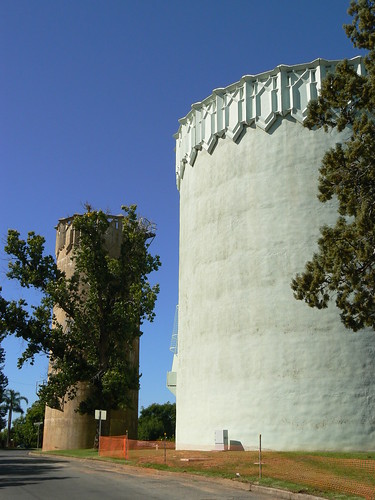
Over the weekend I visited
Leeton in the Riverina region of New South Wales for their first Art Deco Festival.
The
Leeton Shire website says '
Leeton was the first town built as part of the Murrumbidgee Irrigation Area (MIA) and was designed with the assistance of noted American architect Walter Burley Griffin'.
So on that basis I've taken the liberty to post something that is not really Art Deco but is strongly associated with Leeton, Griffin and water.
There are three water towers in the centre of Leeton (two are pictured above). The
Irrigation Commissioner's fortnightly official report published in the Sydney Morning Herald 19 December 1913, included that the water tower was '
being rapidly proceeded with'.
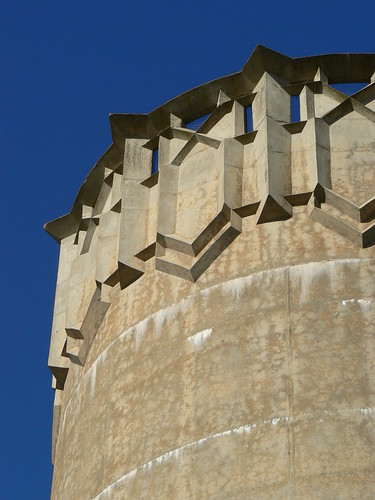
Griffin designed included two towers in his initial design for Leeton to serve as portals to the town. Alasdair McGregor, in his book of the Griffins,
Grand Obsessions, quotes Marion Mahony Griffin from her memoires recounting '
Griffin had made the drawings for the crowns of the towers on shipboard and sent them back when he landed in America'. While one tower was the first Griffin designed structure built in Australia, the second tower was not completed until 1937.
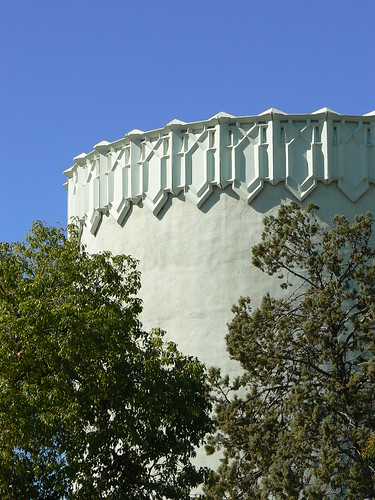
The third tower which is shorter but with a larger overall capacity, was completed in 1973. It bears a similar crown without the pierced elements of Griffin's design.
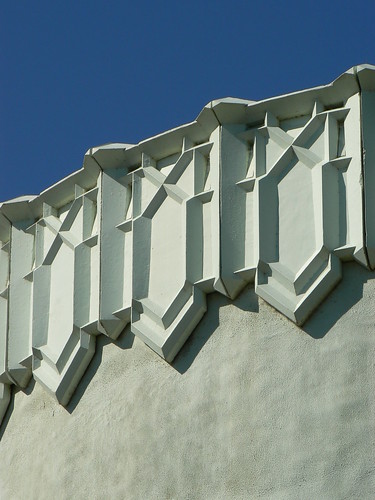
On Saturday night an outdoor cinema was created for the Art Deco Festival when Fritz Lang's Metropolis was projected onto the side of the 1973 water tower.
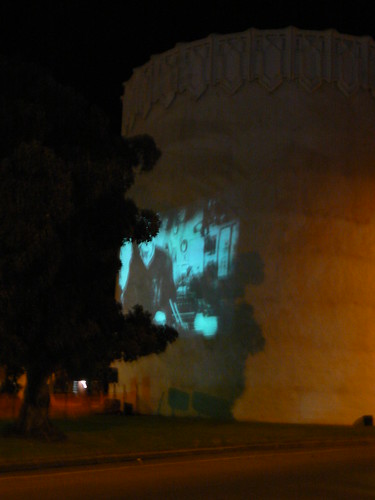
References:
Leeton Shire: Birthplace of the MIA. Retrieved April 4, 2011, from
http://www.leetontourism.com.auIRRIGATION AREAS. (1913, December 19). The Sydney Morning Herald (NSW : 1842-1954), p. 6. Retrieved April 4, 2011, from
http://nla.gov.au/nla.news-article15490245Grand Obsessions: The Life and Work of Walter Burley Griffin and Marion Mahony Griffin, Alasdair McGregor, Penguin Group (Australia), 2009
Leeton ~ Yango ~ Whitton Heritage Trails Booklet, Leeton Shire Council, 2011
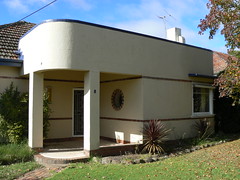 I really like the porthole window near the door. It is framed in the same bricks that have been used in the two lines that run around the entire front of the house.
I really like the porthole window near the door. It is framed in the same bricks that have been used in the two lines that run around the entire front of the house.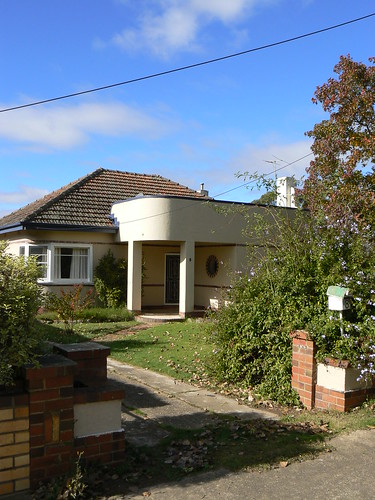
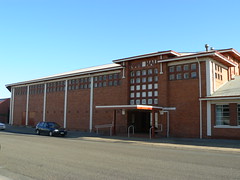
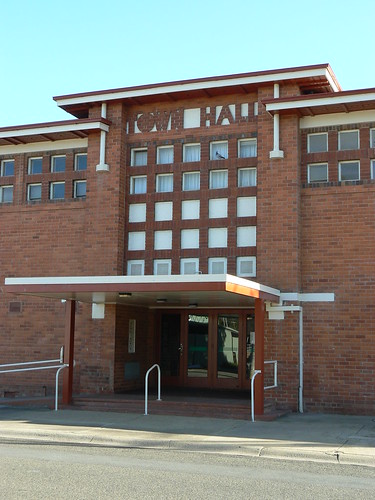
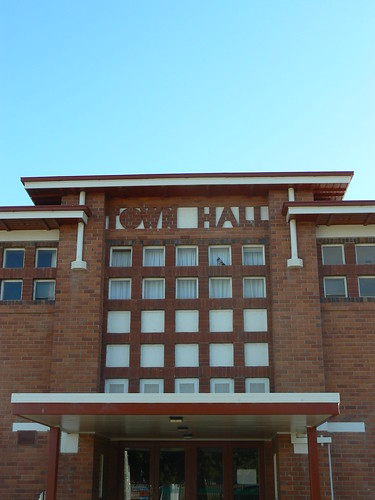
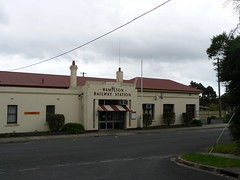
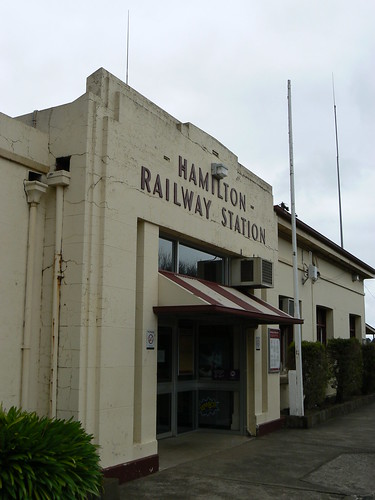
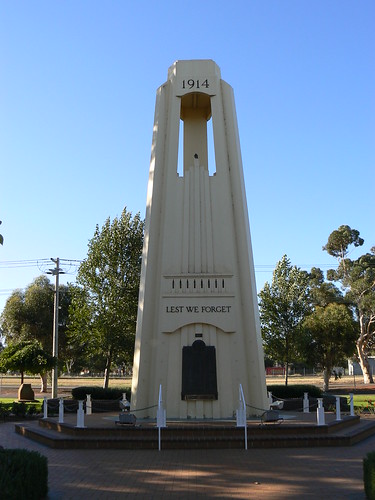
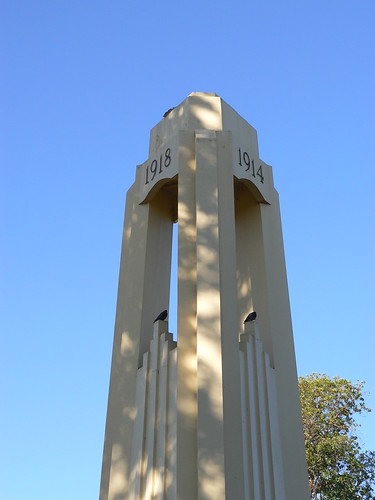
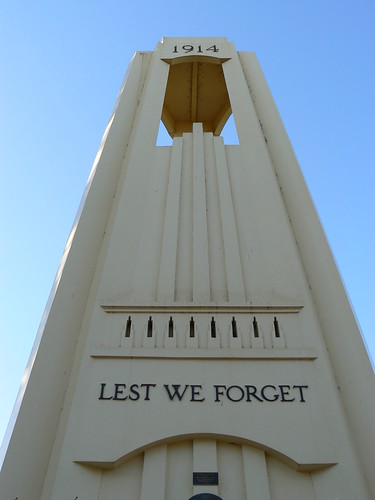
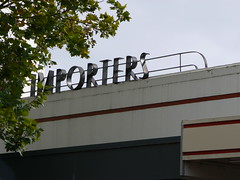
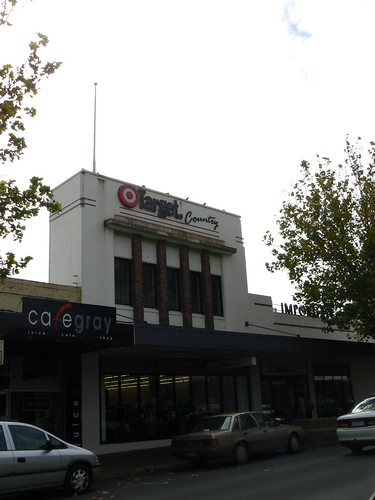
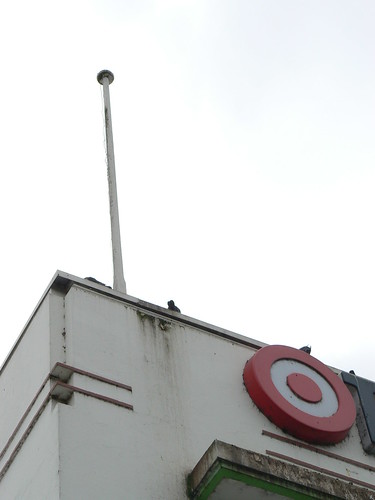
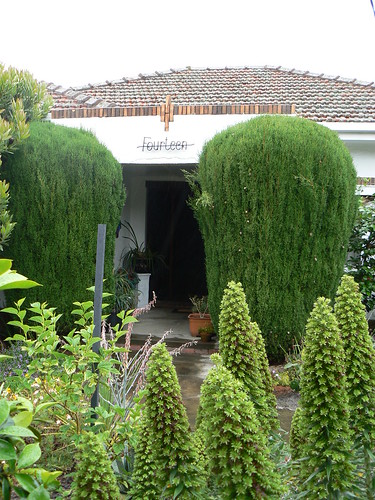
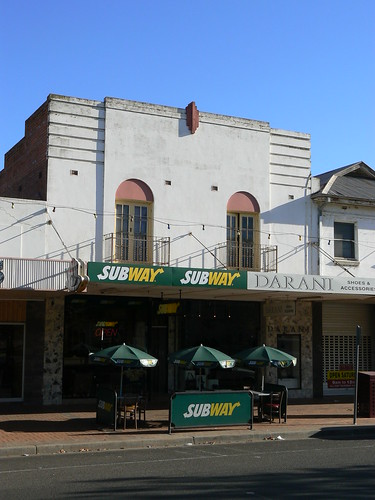
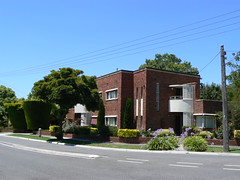
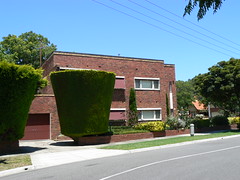
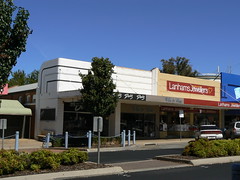
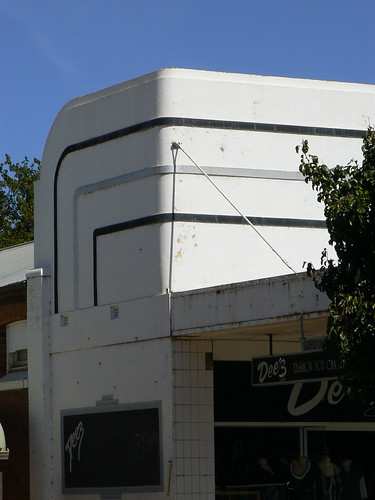
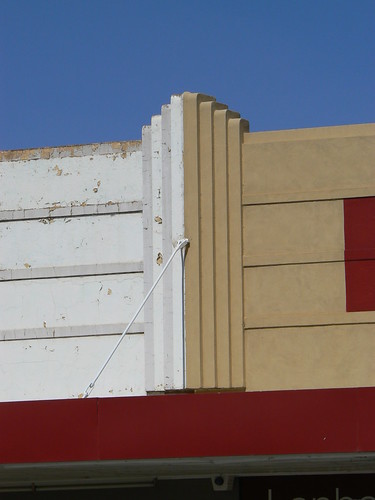
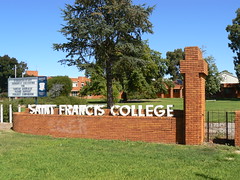
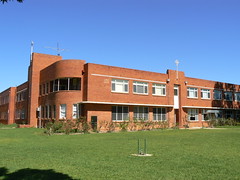
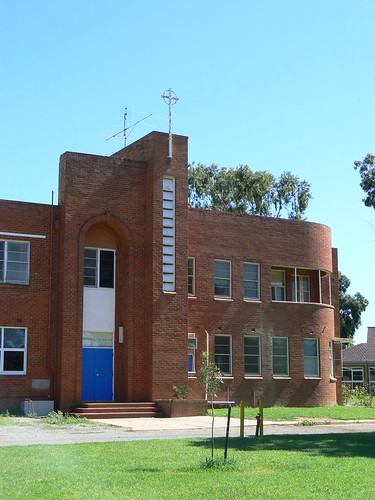
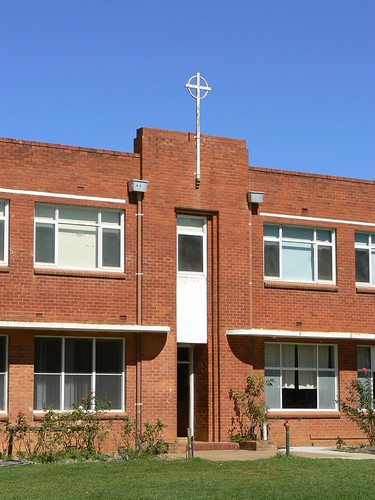
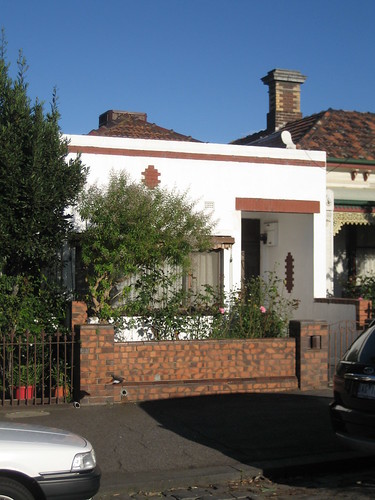
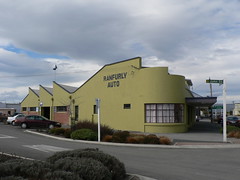
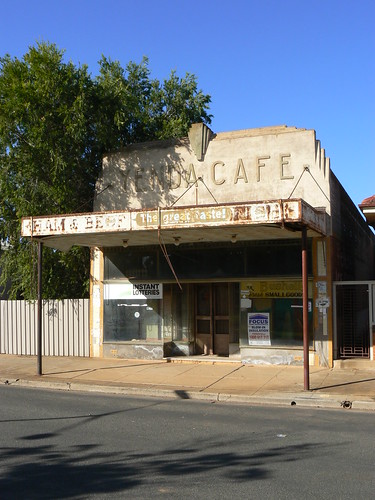
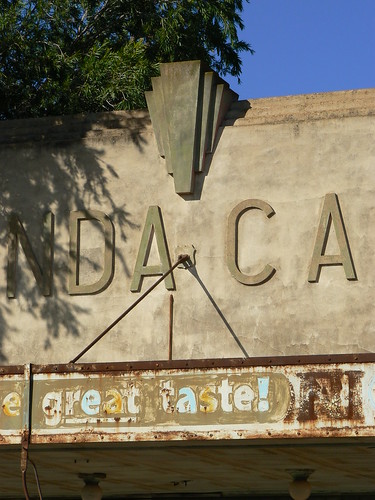
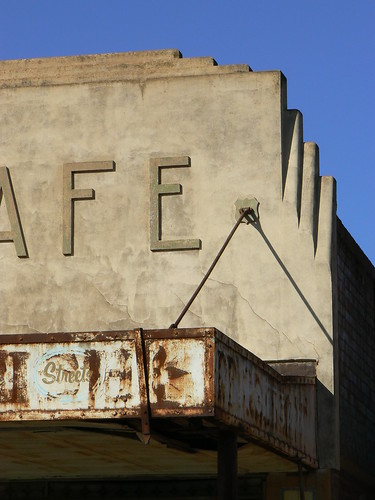
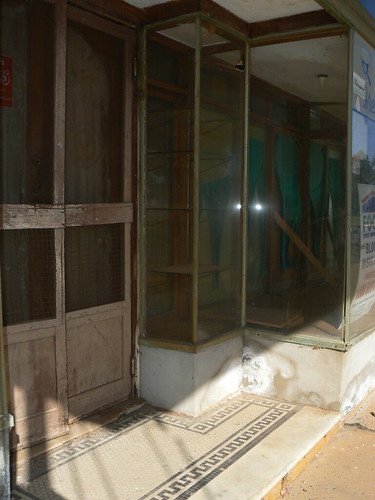
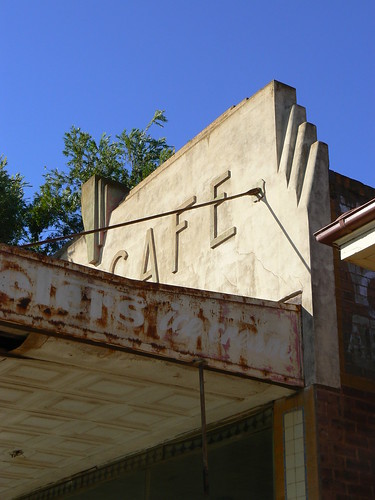
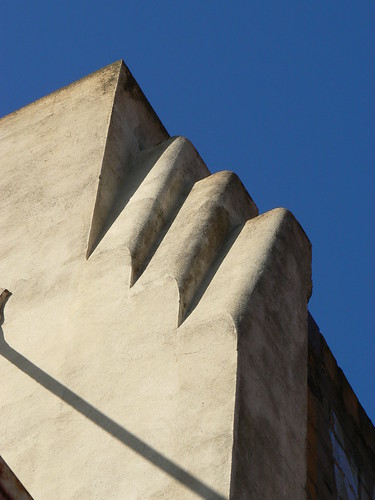
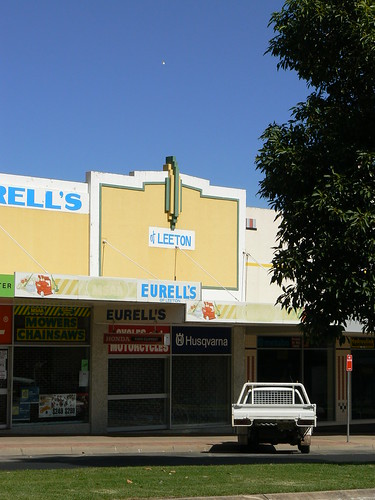
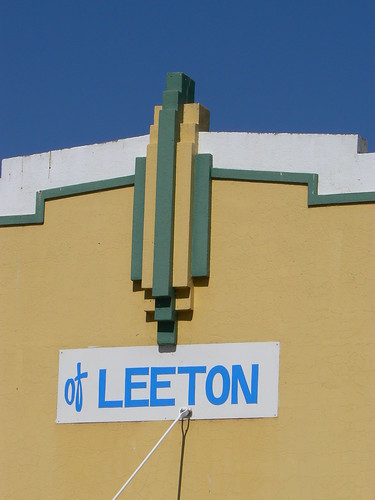
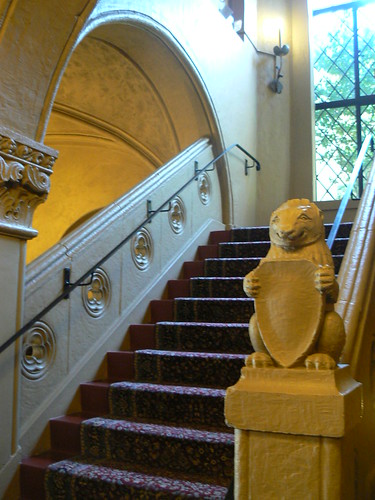
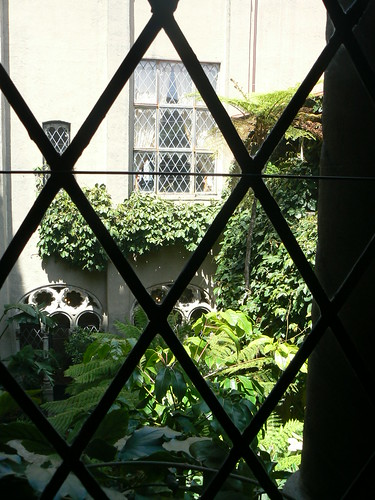
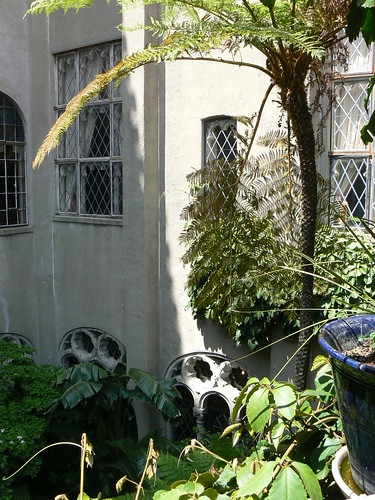
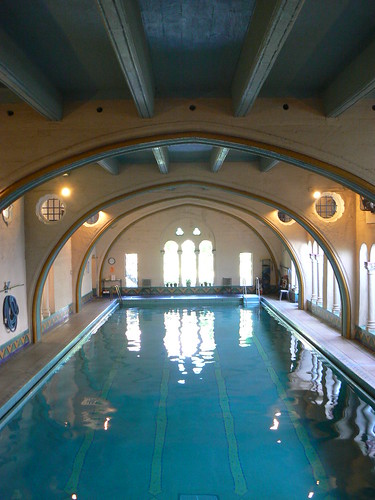
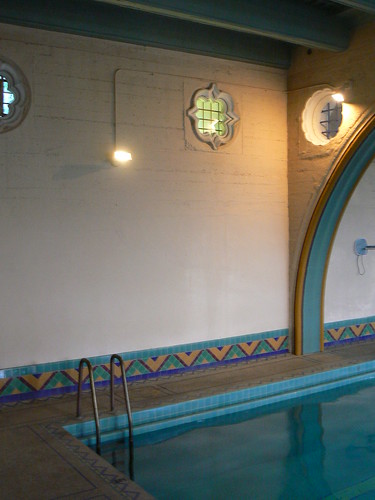
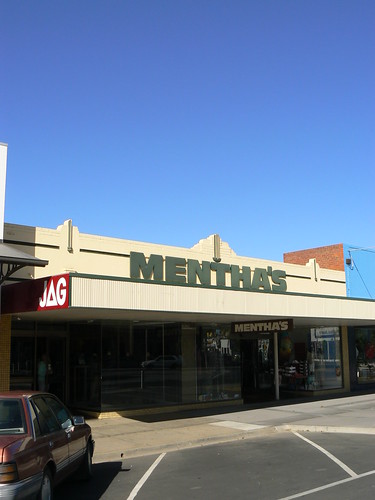
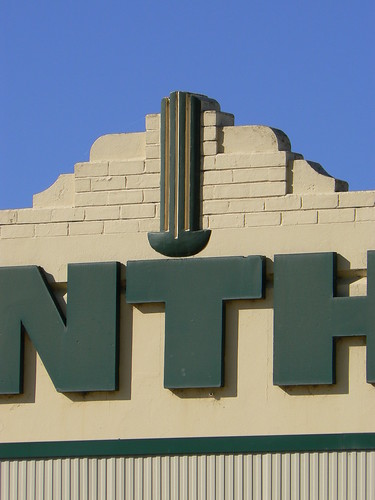
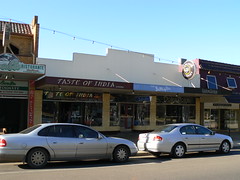
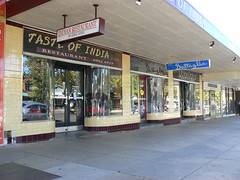
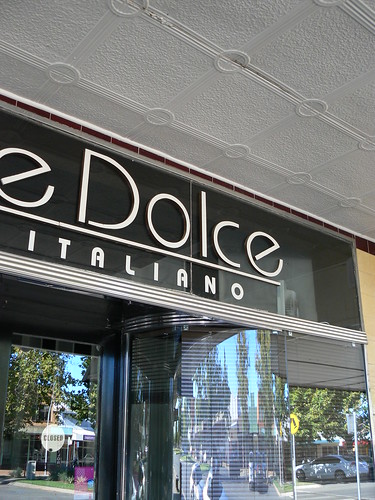
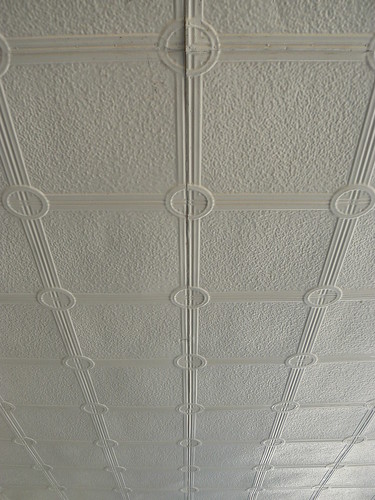













































.jpg)














